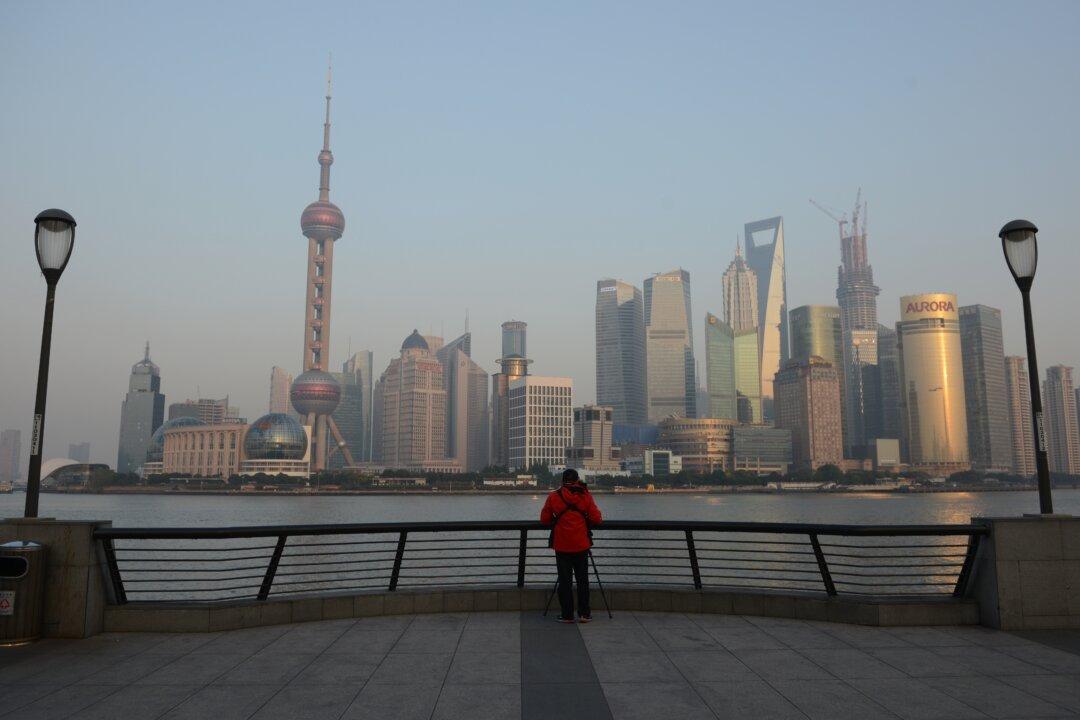The Hong Kong stock market is up almost 10 percent for the week, after a flood of mainland investors stormed the Hong Kong stock exchange to buy up cheaper offshore issues.
Mainlanders weren’t always able to do this and it’s the Shanghai-Hong Kong Stock Connect program that lets them do it.





